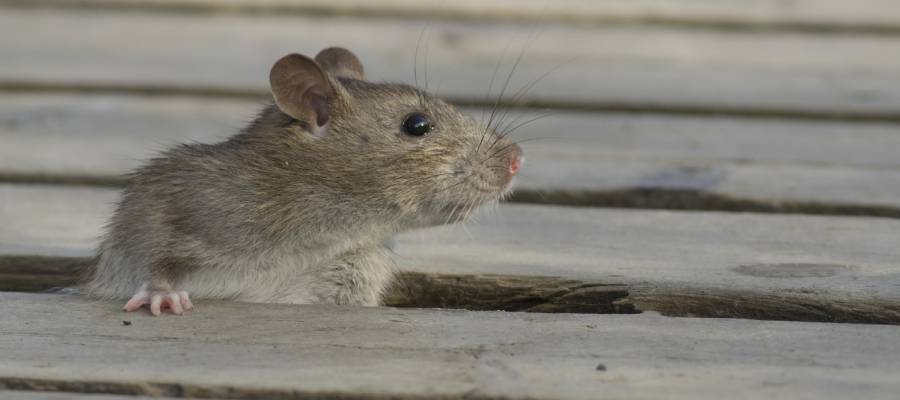 Rodents are one of the most feared nuisance pest problems in San Juan PR. Not only are they nasty and unsettling to have on your property, they can also cause damage to your home and carry diseases and filth with them wherever they go.
Rodents are one of the most feared nuisance pest problems in San Juan PR. Not only are they nasty and unsettling to have on your property, they can also cause damage to your home and carry diseases and filth with them wherever they go.
There are many options out there for DIY vermin control, but none of these come with the guarantee of effectiveness that professional rodent removal experts can bring to the table. If you’re worried that you’ve heard vermin in your walls or found rodent droppings, you could be at risk of more serious problems. Read on to learn from the technicians at Rentokil, formerly Oliver Exterminating.
What Kinds of Rodents Live in San Juan PR?
The main types of rodents that cause us problems here in San Juan are rodents and mice. These are the species that we typically see:
Rats can be distinguished from mice most easily by their size. Mice also have longer tails in comparison to their bodies. Whichever you’re dealing with, you are liable for property damage, disease, and rapid reproduction and acceleration of your pest pressures.
How Do Rodents Affect Humans?
Having rodents in your home comes with several risks:
- Droppings and urine: These can stain and blemish the floors and carpets in your home, and worse, pass on diseases like Hantavirus when you try to clean them up.
- Bites and scratches: Trying to catch a mouse or rat on your own can result in bites and scratches. You have to be careful, because some rodents carry diseases like rabies.
- Property damage: Rodents love to chew through furniture, structural appliances, wiring, insulation, and more in order to build their nests.
- Fire hazards: When rodents chew through your electrical wiring, it can cause a fire hazard. Make sure to attend to any torn wires right away.
Vermin Control in San Juan PR
As you can see, trying to deal with rodents on your own is quite dangerous, and it can also be very difficult to try to get rid of them yourself. Your best option is to work with your local pest control company to get rid of rodents on your property. At Rentokil, formerly Oliver Exterminating, we use humane rodent removal techniques whenever possible, but in any case, we promise to deliver the most effective vermin removal service in San Juan. We will also teach you ways to prevent rodent infestations from ever happening on your property again. For a free quote, contact us today!
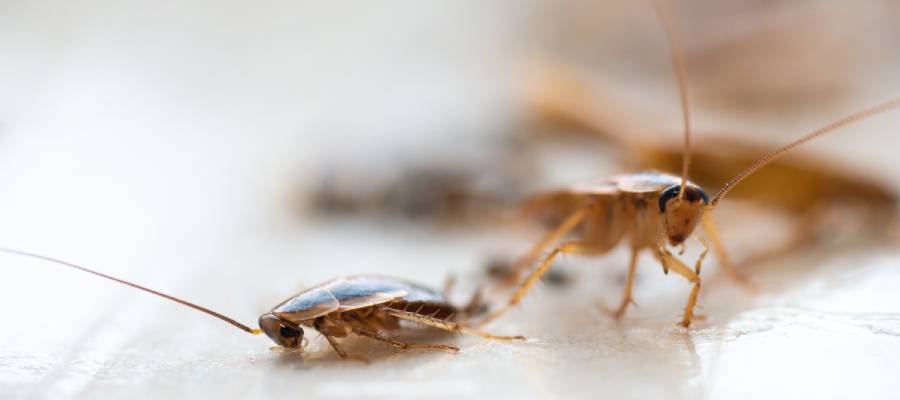
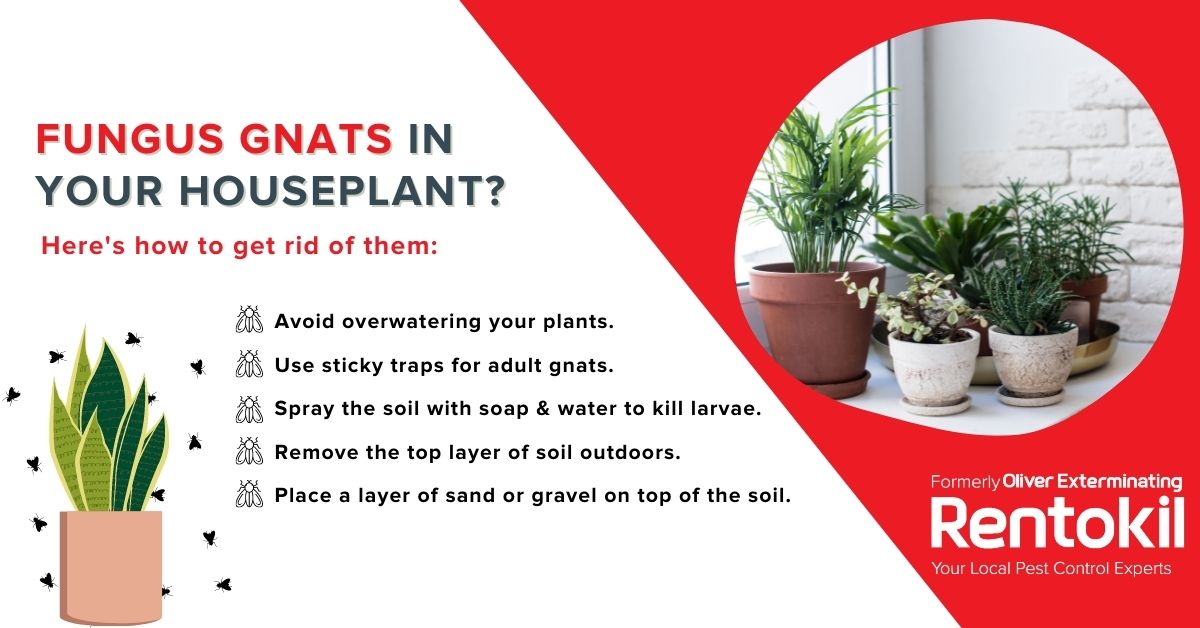 DIY Gnat Control
DIY Gnat Control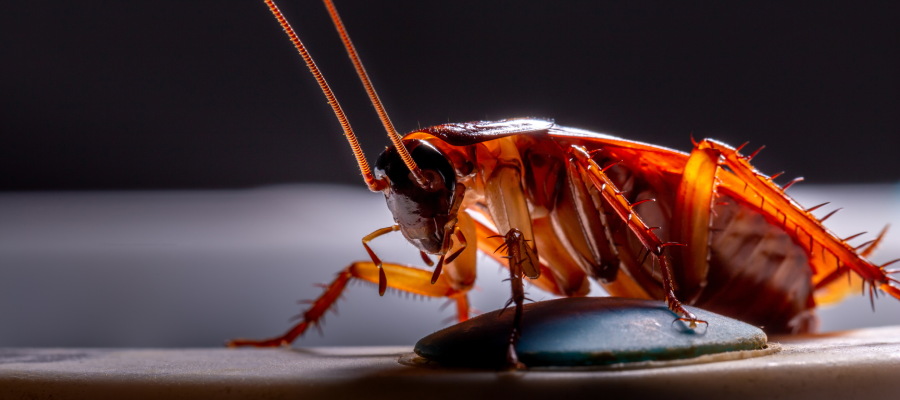 As much as you may hate the thought of cockroaches crawling around while you’re asleep, this is likely the case when you have an infestation. That’s because cockroaches are, for the most part, nocturnal creatures. Roaches dislike daylight and will avoid being in the light whatsoever, even inside a building. During the day, cockroaches prefer to hide, often in the dark, damp areas of a property. At night, they will become more active as they hunt for food and water.
As much as you may hate the thought of cockroaches crawling around while you’re asleep, this is likely the case when you have an infestation. That’s because cockroaches are, for the most part, nocturnal creatures. Roaches dislike daylight and will avoid being in the light whatsoever, even inside a building. During the day, cockroaches prefer to hide, often in the dark, damp areas of a property. At night, they will become more active as they hunt for food and water.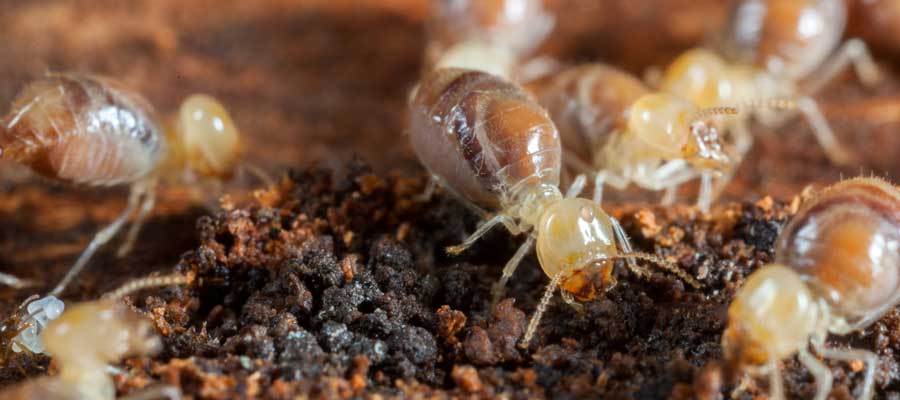 Termites
Termites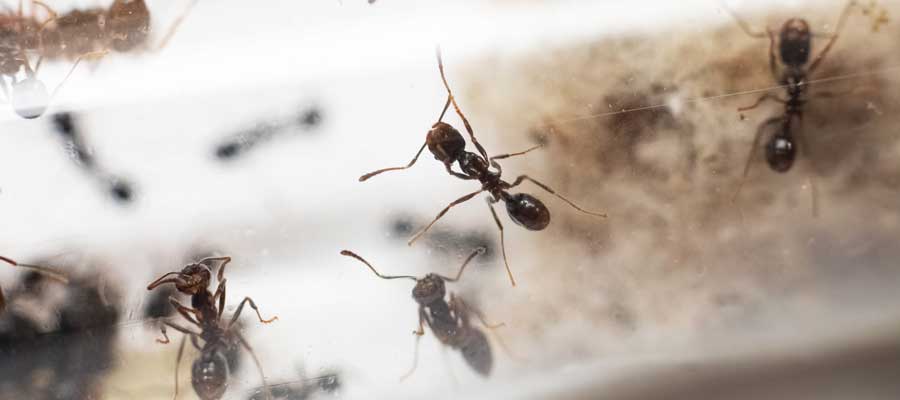 It’s easier than you might imagine for
It’s easier than you might imagine for 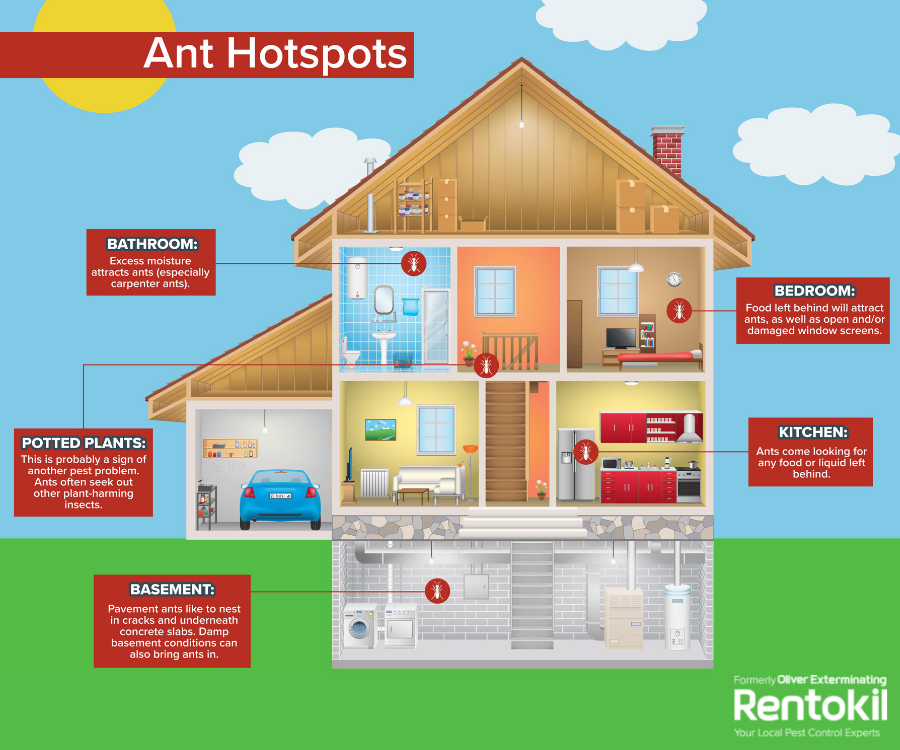
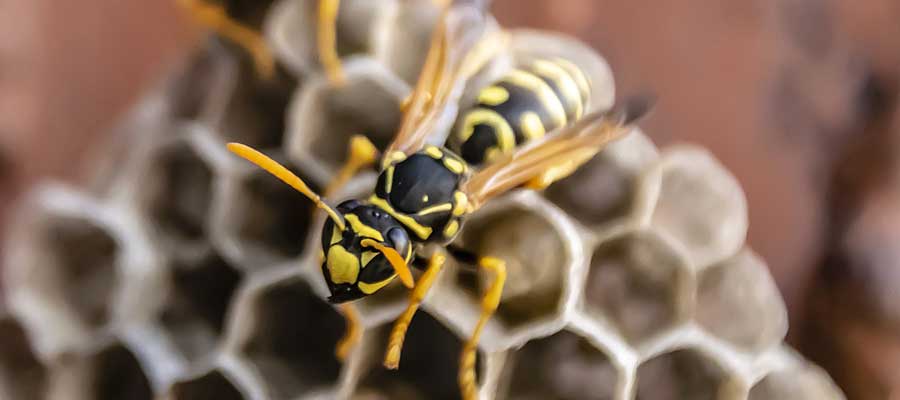 There is no other insect that works quite like the
There is no other insect that works quite like the 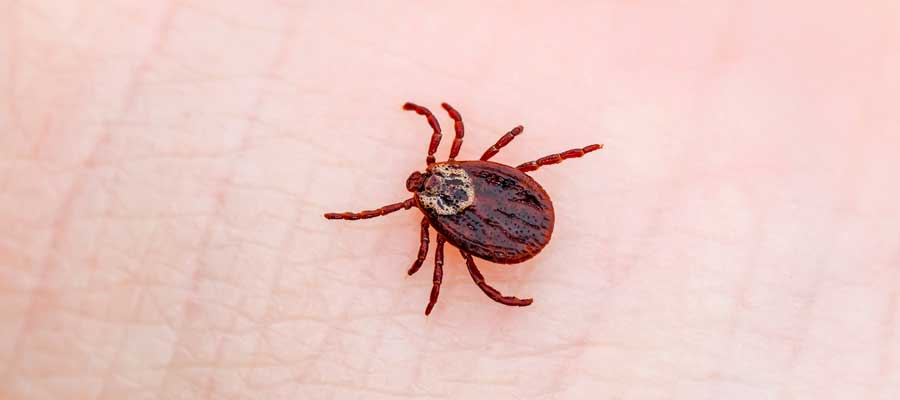 When you think of pests that pass on diseases to humans,
When you think of pests that pass on diseases to humans, 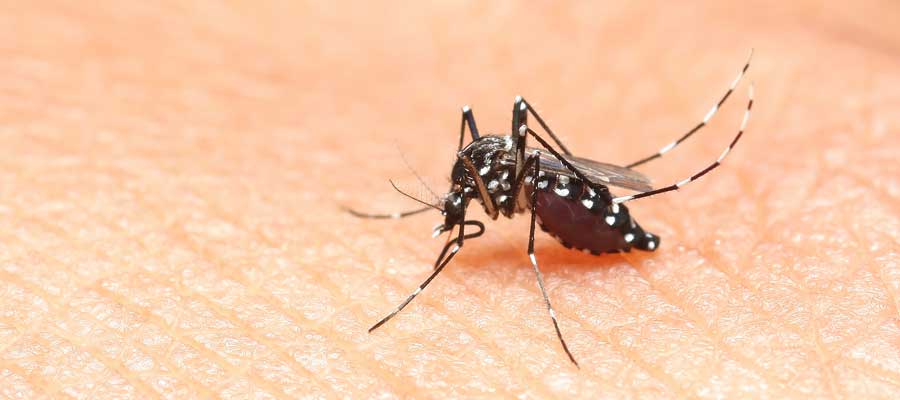 Mosquitoes and ticks are common pests that San Juan PR residents deal with in the summer. Any time you’re outdoors during the warmer months, you’re at risk of a bite. With mosquitoes taking to the air and hanging by the water and ticks inhabiting the more densely vegetated areas, it seems like we can’t get away from blood-sucking pests.
Mosquitoes and ticks are common pests that San Juan PR residents deal with in the summer. Any time you’re outdoors during the warmer months, you’re at risk of a bite. With mosquitoes taking to the air and hanging by the water and ticks inhabiting the more densely vegetated areas, it seems like we can’t get away from blood-sucking pests.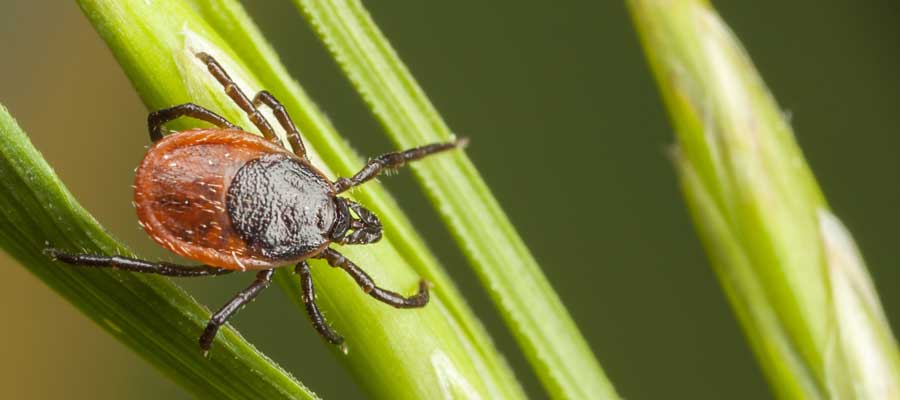 As we gear up for another hot summer in Puerto Rico, we have to prepare for an influx of ticks as well. Our warm climate creates a perfect environment for ticks with its comfortable conditions and abundance of animals to feed on. Ticks are known transmitters of lots of serious diseases, including the notorious Lyme disease. Keep reading to learn how to remove ticks as safely as possible and lessen your chances of contracting a vector-borne illness this summer.
As we gear up for another hot summer in Puerto Rico, we have to prepare for an influx of ticks as well. Our warm climate creates a perfect environment for ticks with its comfortable conditions and abundance of animals to feed on. Ticks are known transmitters of lots of serious diseases, including the notorious Lyme disease. Keep reading to learn how to remove ticks as safely as possible and lessen your chances of contracting a vector-borne illness this summer.